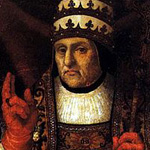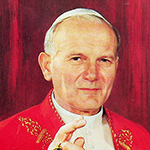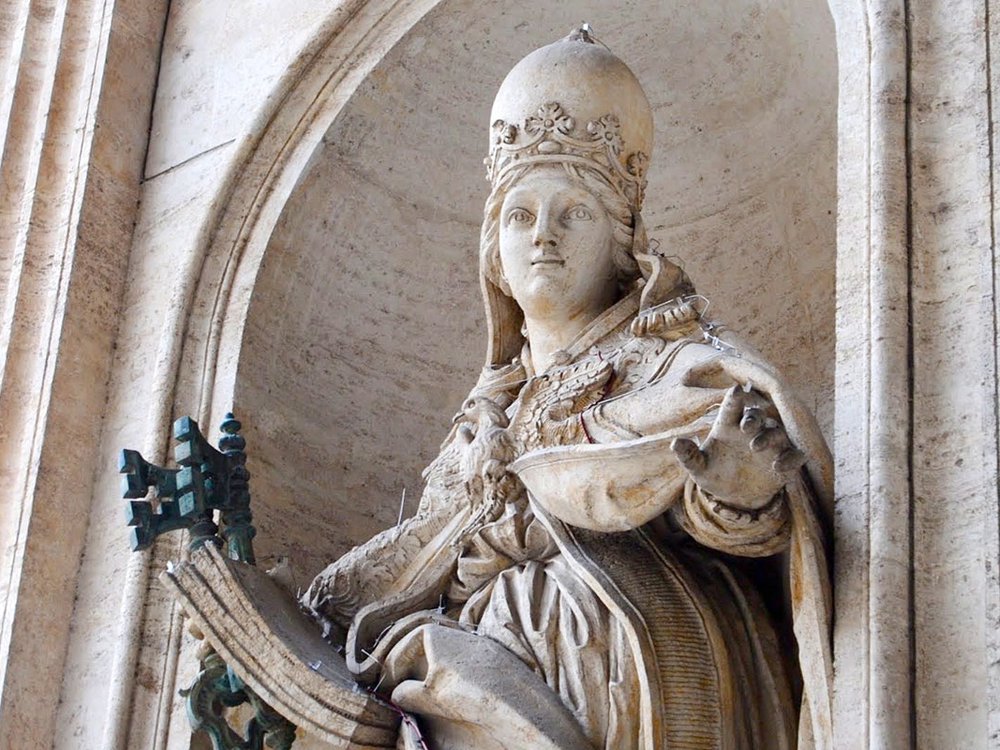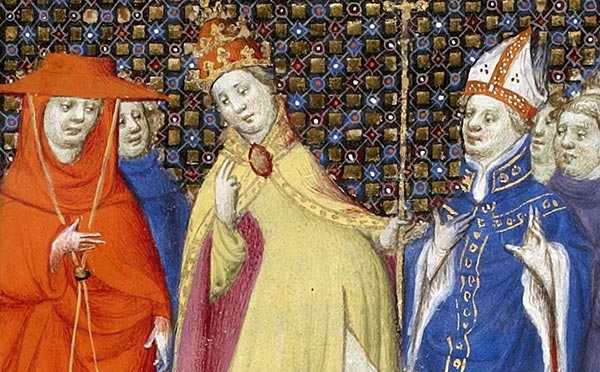While it is possible for any Catholic male to become a pope, the same is not true for female Catholics. This page will go into the details of why women are deemed unfit for the highest position within the Catholic Church.
The Precedent
In the year 1455, Pope Callixtus III would be the last non-priest to be given the position of pope. Furthermore, the last non-cardinal to be elected to the position was Urban VI in 1378. At the end of the day, women cannot become pope because papal availability is dependent upon ordination and woman are barred from the priesthood to begin with.

When looking over catechism, we are reminded that Jesus Christ picked a dozen men to serve him as apostles. Those men then chose other men to continue the ministry. It is from this precedent that the Catholic Church believes women are not suited to minister, let alone serve as pope. The logic of the argument comes back to the early days of Christianity; if Jesus had desired women to serve as priests, then he would have chosen at least one woman to serve as his apostles.
In Remembrance
Another issue to the notion of having women in the priesthood, let alone the papacy, comes up when the conversation shifts to mass. During mass and the ritual of converting bread and wine into the body and blood of Jesus Christ, priests are saying the same words that Jesus gave during the Last Supper, especially with the line “do this in remembrance of me.” The Catholic Church feels that because these words were said by a man that only a man is suited to mimic the speech.
For Tradition

Yet another reason why a woman-led papacy seems like an impossibility comes down to tradition. Even when some of the faithful would love to see women in higher positions of the church than nuns, the likelihood that the church will ever open up the clergy’s ranks to women is next to zero.
Indeed, Pope John Paul II was so loyal to the church’s traditions that he used his position to reaffirm the ban and even remarked that trying to debate for bringing in women was disrespectful to the traditions of Catholicism. During his tenure as pope, Benedict XVI also reasserted the position of his predecessor and once rebuked the Leadership Conference of Women Religious for condemning a push against tradition to the point that even seeking a conversation on the issue insults the church.
On the Other Hand
Some theologians dispute the notion that women should be kept out of the priesthood just because Jesus only chose men as his apostles. These people take the argument and re-frame it by highlighting how most of the apostles were Jewish fishermen yet no one in the church feels that the priesthood should be limited to Jewish fishermen. They also make sure to point out that Jesus relied on several women to fulfil important positions of his ministry.
So Who Can Be Pope?
While we have covered why women cannot become priests or higher members of the Catholic Church’s hierarchy, let us also point out what the requirements are for the priesthood and the papacy.
– Male.
– Celibate.
– Unmarried.
– Must act with integrity and virtue.
– Must be closely connected to a Catholic congregation.
– Subject to a medical examination, psychological screening and physical.
– Most applicants to the priesthood are anywhere from 17 to 55 years of age.
While this covers the basics of applying to seminary school and becoming a priest, no one has become pope without a consensus from the College of Cardinals since Pope Urban VI’s appointment in 1378.
The Mythical Pope Joan
The fictional tale of Pope Joan presented the notion of a woman posing as a man and eventually climbing the church hierarchy until becoming pope during the middle ages. In most versions of the story, which begin to proliferate around the 13th Century, Joan’s true nature is eventually revealed after she gave birth during a procession. Joan then dies shortly after giving birth to the child, though whether the death was natural or murder varies with the version.

Believers in Pope Joan’s existence claim that the spot where Joan gave birth was avoided in all future processions and her existence was stricken from all rosters so hat the Catholic Church could firmly state that only men were suited to wear the papal crown. It was not until the 16th Century, during a debate between Catholic and Protestant scholars that brought further scrutiny upon Joan’s existence that her name was stricken from the lists of pontiffs. The main issue that arose and seemed to make her existence a contradiction was the amount of time she served as pope, purportedly 855-857 AD, and her first mention in any sort of text (1250 AD); a gap of over four centuries and placing her papacy between those of Pope Leo IV and Pope Benedict III.
While the earliest account of a female pope appears in a text written by chronicler Jean de Mailly in the 13th Century, this woman is given no name but her time as pope is stated to be 1099 AD. Bartolomeo Platina, prefect of the Vatican Library in the 15th Century, wrote a book for Sixtus IV that made some mention of Pope Joan. He describes Joan as an evil person from England who had managed to rise to power within the church through rapidly studying text after text after courting a learned man. He goes on to claim that her evil ways caught up to her along a specific street that all future popes have avoided due to the heresy and shame of Joan’s deeds. Lastly, the Oxford Dictionary of Popes states that despite there never having been a woman serving the Catholic Church as its pope, her legend was tantalizing to many of the faithful for centuries.
Wrapping Things Up
While there are some groups who feel that women should be allowed into the priesthood and even to the lofty position of pope, their cries are mostly falling on the deaf ears of church doctrine. Even if a change were to happen and a pope would desire to broaden the requirements for joining the priesthood, such a change would take a long period of time and involve consulting with bishops, cardinals and other community leaders. If any sort of changes were to happen to those requirements, celibacy would likely be addressed before keeping the priesthood a boy’s club. Indeed, the only instance of a female pope is wholly a fabrication, albeit a rather fascinating one, with no basis of evidence in reality.
